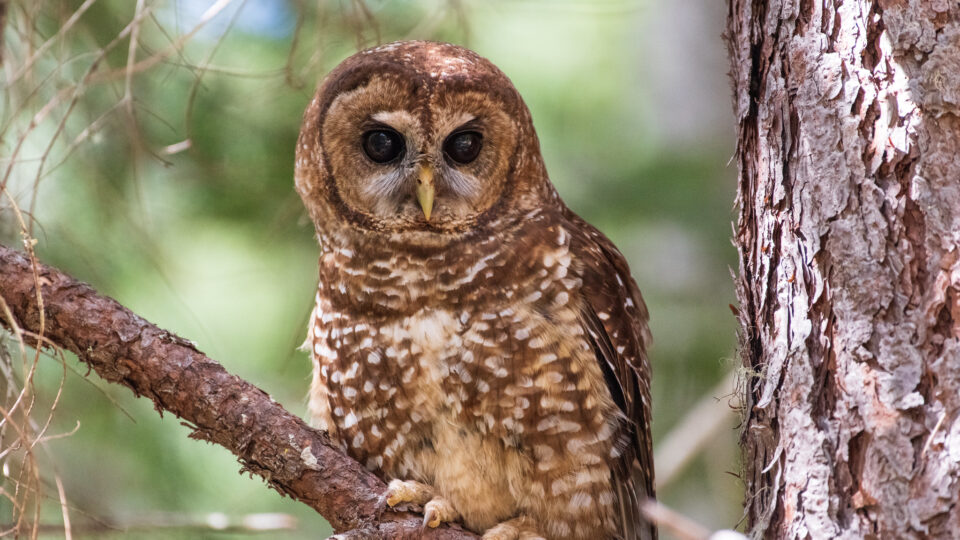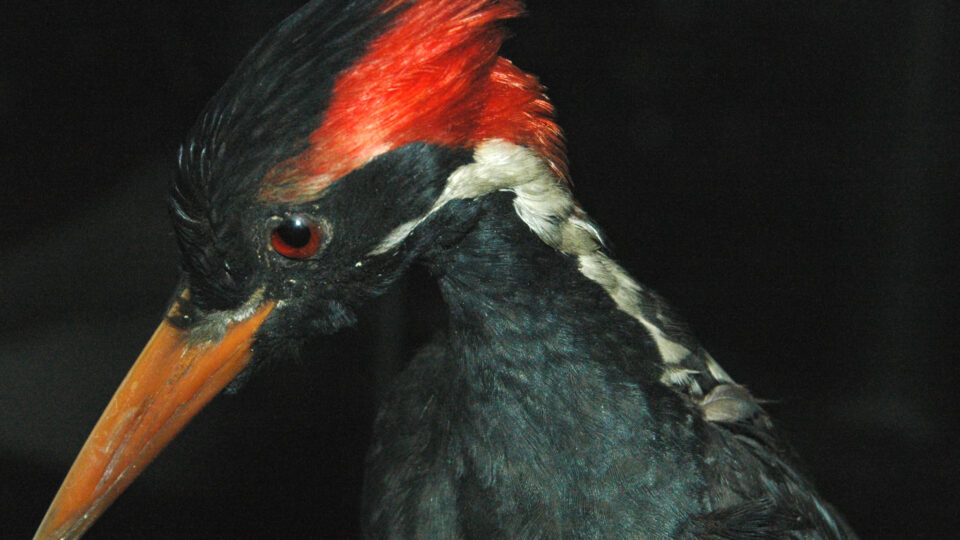In the forests of the Pacific Northwest, spotted owls have been the subject of environmental concern for more than 30 years. Over the past 20 years, northern spotted owl populations have declined by up to 80% as the birds have faced marginalized territories and increasing numbers of wildfires. Only about 3,000 of them remain on federal lands. Spotted owls are picky eaters and are not very adaptable.
The barred owl, a larger and more ornery species, has been moving in on spotted owl turf for 50 years, competing for food and space, and out-reproducing them and chasing them out of their nesting spots.
A last-ditch effort to rescue the northern spotted owl from possible extinction has been proposed by the U.S. Fish and Wildlife Service. The plan would be to eradicate up to half a million barred owls over the next 30 years in Washington, Oregon, and Northern California. The owls would be dispatched using cheap and efficient methods, such as shotguns.
The concept of killing off vast numbers of barred owls is awful, and nobody likes the idea. However, other strategies have failed, and time is running out. The only way to preserve the northern spotted owl is to protect and increase its habitat and have fewer barred owls.
To say that the proposed plan is controversial is a massive understatement. A coalition of 75 wildlife and animal welfare organizations described it as a “colossally reckless action.”
A central issue in the debate is whether humans are responsible for this situation and should try to rectify it or, despite our desire to protect the spotted owl, we should just let nature take its course.
**********
Web Links
They Shoot Owls in California, Don’t They?
Photo, posted April 4, 2022, courtesy of Kyle Sullivan / BLM via Flickr.
Earth Wise is a production of WAMC Northeast Public Radio

